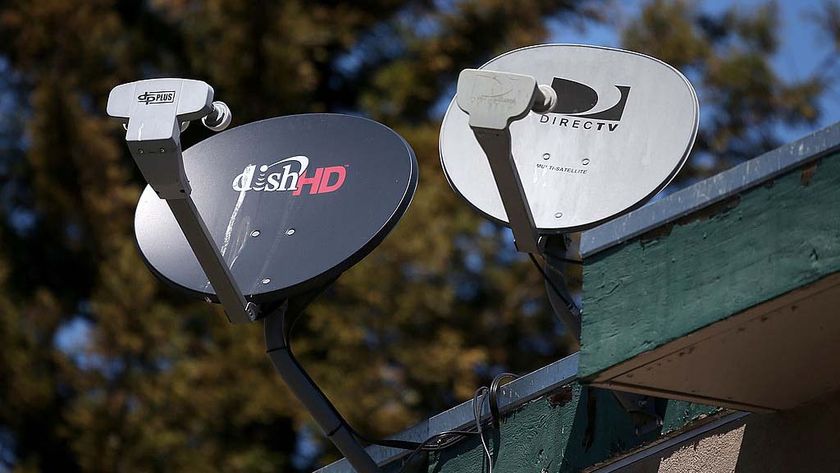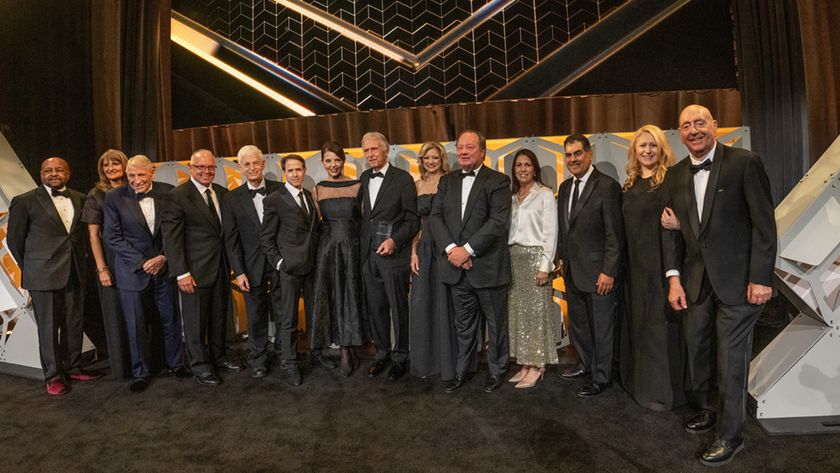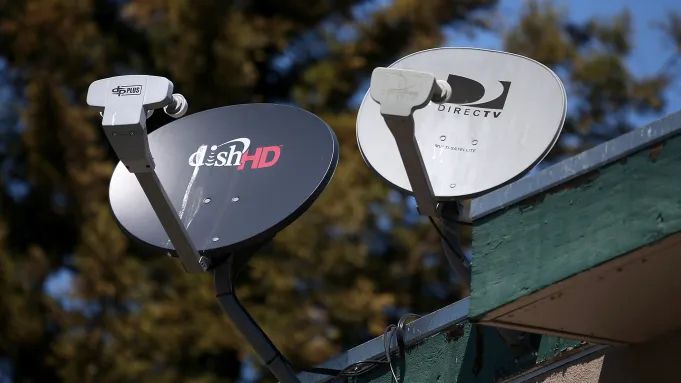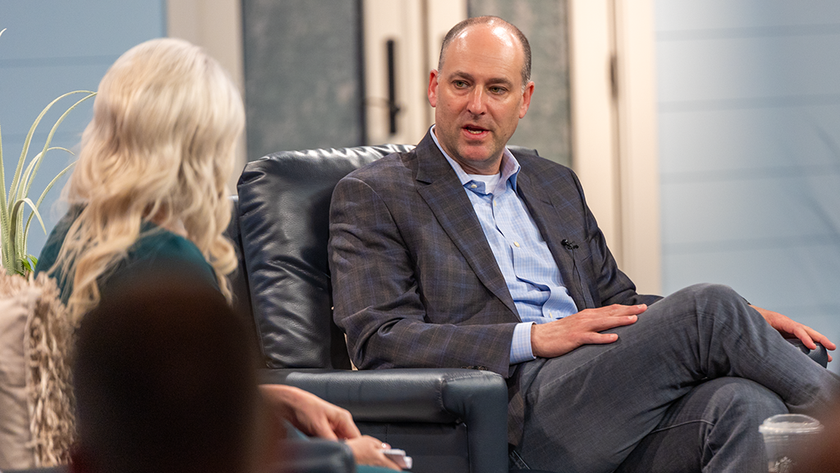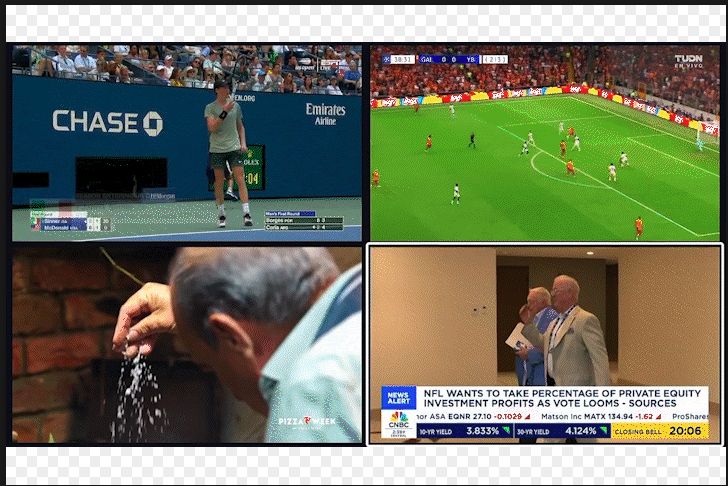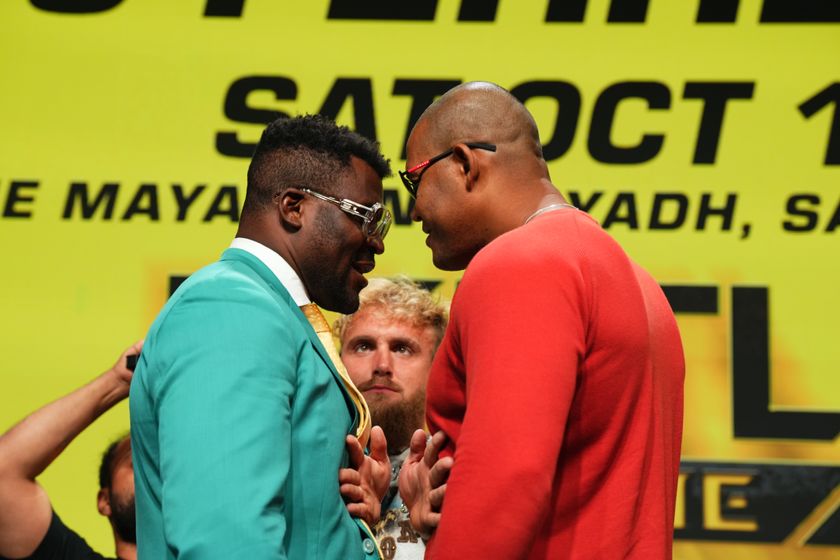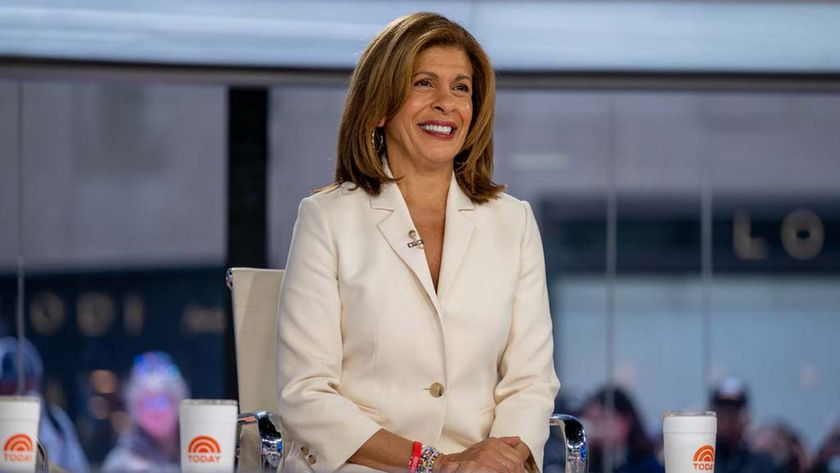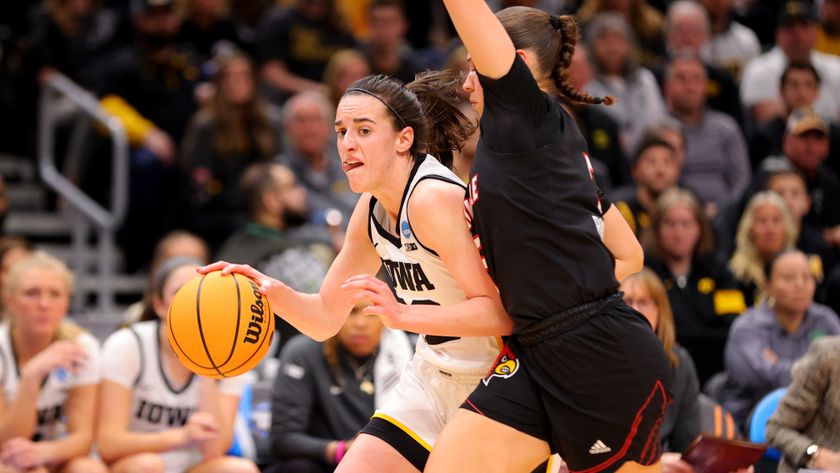Digital Ad Technique Looks Timely
Despite its techno-geek name, DVS 253 technology promises to bring television advertising into the digital age, providing a better way to cue ad spots — and, potentially, a better way for cable affiliates to reap more money.
But digital ad-insertion technology also is caught in a classic chicken-and-egg quandary — many programmers don't want to spend money and time to upgrade their decoder equipment until they see more MSOs deploy such gear, although ESPN, at least, is trying to prime the pump.
For their part, cable operators haven't widely deployed DVS 253 — both due to high equipment costs and because few programmers have started using it. One of the first is Cox Communications Inc., which is giving it a test run in Southern California, though.
As a standard now recognized around the world, DVS 253 supplies the technical pins for digitally cueing and splicing video content contained in signal packets. By contrast, the older analog method used audio cues identical to those on a touch-tone phone.
Up until now, cable operators have managed to cue ads on digital channels by essentially converting the signals into analog to hear the audio cue tones programmers send along.
As digital programming takes its place in cable offerings and new all-digital services such as VOD enter the mix, finding a way to deliver ad cues digitally becomes more important, according to James Kelso, SeaChange International Inc.'s director of advertising systems.
No more faxes
DVS 253 also provides more information. For example, it can advise a cable system that a live National Football League game is running long, or that there will be a break in regular programming for live coverage of a major news event.
Multichannel Newsletter
The smarter way to stay on top of the multichannel video marketplace. Sign up below.
"Today there is no mechanism to do that — that is completely new with DVS 253," Kelso said. "Today, the mechanism for doing it is the fax machine. Here's the faxed notification that [Cable News Network] is in live programming because we've gone to war, and we are going to be in live programming today, and all of your breaks are hosed."
Upgrading to digital ad insertion is easier to say than to do. Not only does an upgrade require the cable operator to buy new digital ad splicers and inserters for its headend, but programmers must also upgrade their encoding systems to provide the digital cues.
Right now, of course, "spend" is something of a four-letter word.
"I think what happened, what is happening, is that last year, with the soft ad market, a lot of the [cable] affiliates were hesitant to buy gear because they didn't want to make capital expenditures," said ESPN vice president of affiliate ad sales and marketing Jeff Siegel. "Now, they are just at the point where the market is turning around, they are making some money and they are willing to invest back in their plant for ad sales."
ESPN moves ahead
While others may hesitate, ESPN is charging ahead with digital ad insertion and DVS 253. About a year ago, the sports outlet spent the money for the encoder upgrades and started testing the technology, sending signals to a handful of affiliates including Cox's Phoenix systems.
But it didn't do so just to be technically hip.
"The reason we have been so aggressive on this, and we've led the industry on this, is because it means more money to affiliates, in the long run, on their analog tiers," Siegel said.
That cash-in potential comes with DVS 253's ability to send information about the programs. For example, take that NFL game. Say a cable affiliate sells ads at $1,500 per spot during the game. If the game goes longer than its scheduled time slot, the existing ad system reverts to the ad rate for the next scheduled program, which is usually less. With DVS 253 cues, the system knows to maintain the game ad rate.
"All told, this is going to mean tens of millions, if not hundreds of millions, of dollars for affiliates in the long run," Siegel said. "Until this technology came out, we have not been able to capitalize on that."
Leading by example
Siegel believes that proving digital ad insertion can work for ESPN — with its mix of live and taped fare — will encourage many other networks to jump in.
"We have broken that cycle by saying we're going to take the bull by the horns, start embedding this technology, and now the affiliates can start to monetize this," Siegel said. "We are now going to get full value for our games, which is their No. 1 generator in terms of ad-sales revenue."
Still, there would likely be some networks that won't see digital ad insertion as in their best interests.
"It's a challenge, because I would assume the analog networks are fearful to some degree — because if they offer digital ad insertion within their services, it is a stronger argument to put them on the digital tier," Siegel noted. "The digital services will be first, but I think the true value will be in being able to identify breaks on the analog side. That's where the real money is going to come in."
It takes time to purchase and set up digital ad-insertion systems, Siegel said, so it may be a year or two before the technology is deployed in large volumes. By that time, as much as 50 percent of the networks could be using digital ad insertion, he estimated.
Lifetime efforts
Lifetime Television is also taking the leap into digital ad insertion for several of its newer offerings. In August, Lifetime took digital ad insertion live with Time Warner Cable's Milwaukee system.
Like ESPN, the distaff programmer also considers digital ad insertion a strategic move — in its case to help establish its two newest diginets, Lifetime Real Women and Lifetime Movie Network.
"In all honesty, we think 253 is a way to get better carriage for Lifetime Movie Net and more carriage for Lifetime Real Women," said network director of engineering Doug Joseph. "If people can make money on our service — on our fledgling Lifetime Real Women service — hopefully that will make carriage an easier sell."
On the operator side, Cox is among the MSOs that have been early to delve into digital ad insertion. It tested a hybrid analog-digital cueing system in Phoenix for one year. Earlier this summer, it launched LMN in Orange County, Calif., using DVB 253 cues for ad insertion.
"We wanted to be very aggressive and put the challenge back toward programmers to simply say: 'We can now do this and we are performing it. It's no longer vaporware and it is a reality. We need your support and we need you guys to step up to the challenge,' " said Cox CableRep Advertising vice president of technical operations Guy McCormick.
Omaha, San Diego too
With Orange County up and running, Cox launched digital ad insertion in Omaha, Neb., two weeks ago, and may launch it in San Diego as early as this week. Cox's plan calls for it to roll out digital ad insertion in 10 markets by year-end.
"Optimistically, I think we will be able to pull of better than half of those, but we are going to shoot for it," McCormick said. "We may wrap up some time in January, but we are going to target year-end."
Each of those launches will involve an average of four to six channels, and McCormick hopes at least some will be able to provide the DVS 253 cues.
"I would like for them to provide DVS 253, but it is not a requirement for me to launch," McCormick said. "I can still use the analog tones to trigger my insertion equipment."
In cases where programmers cannot provide the DVS 253 signals, he added, they can help pay for the analog translators needed to hear the cue tones.
"Hopefully that shares the pain a little bit and gives them an incentive as well," he said.
Expanding digital ad insertion beyond that is not as concrete, given digital-penetration levels in some markets. Because of the cost of digital ad-insertion gear, as a rule of thumb Cox will only consider digital ad insertion in markets with digital-penetration rates of 20 percent or greater.
In the future, Cox may also offer stronger incentives to provide DVS 253 cues to programmers on its digital tiers.
"I think with any future programming negotiations, that will be a component of it," McCormick said. "With existing programming agreements, it is obviously difficult to go back and amend those. And under good faith, I think everyone is working diligently toward that effort."
With that, McCormick believes that by next year, a majority of the programmers will start to adopt the standard.
Comcast will delve
With its yearly budget cycle underway, Comcast Corp. also is making plans to delve into digital ad insertion, according to Paul Woidke, vice president of technology for Comcast advertising sales.
"We are in a midst of a budgeting cycle right now, but Comcast has a number of systems where we are looking at pushing ahead with digital-program insertion in the year ahead," he said.
Woidke also is chairman of the Society of Cable and Telecommunications Engineers's digital video standard subcommittee, which developed cable's scheme for DVS 253. From that perspective, he doesn't think the slow rollout of digital ad insertion is anything unusual — or detrimental.
"I don't see it as a problem," he said. "If you are the kind of person that thinks you should snap your fingers and the industry should roll over, that it would be seen that way.
"I think we are at the very beginning of some huge opportunities," Woidke said. "People are feeling their way. This is the cable industry after all: You know that we are going to make cost-conscious decisions, and not rush off into making an investment without looking at what the payback is.
"But with the networks that have stepped up to start doing things, and with what I've seen in the budgeting cycles for Comcast and AT&T for Cox and a number of operators out there, I think we are about where we are supposed to be."
